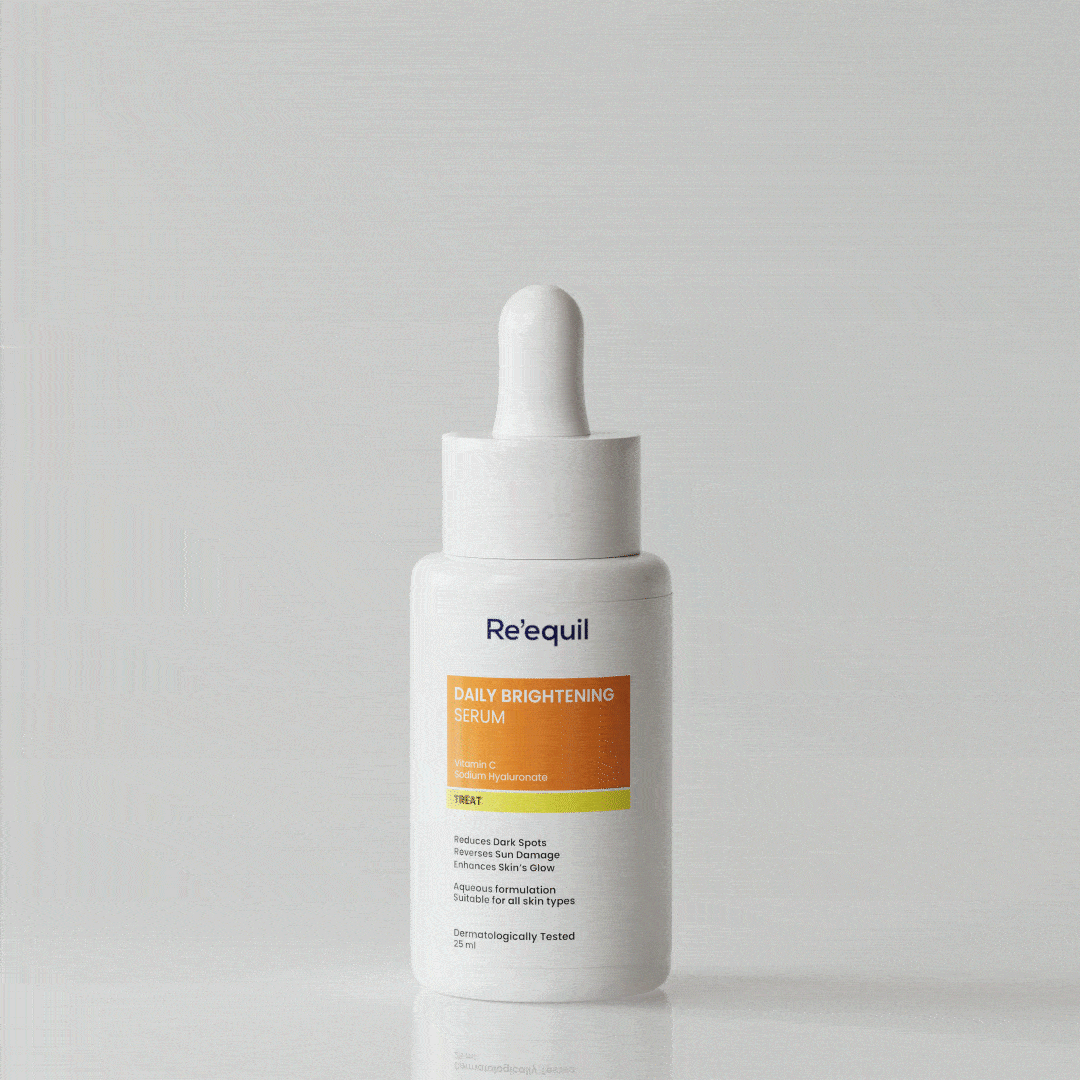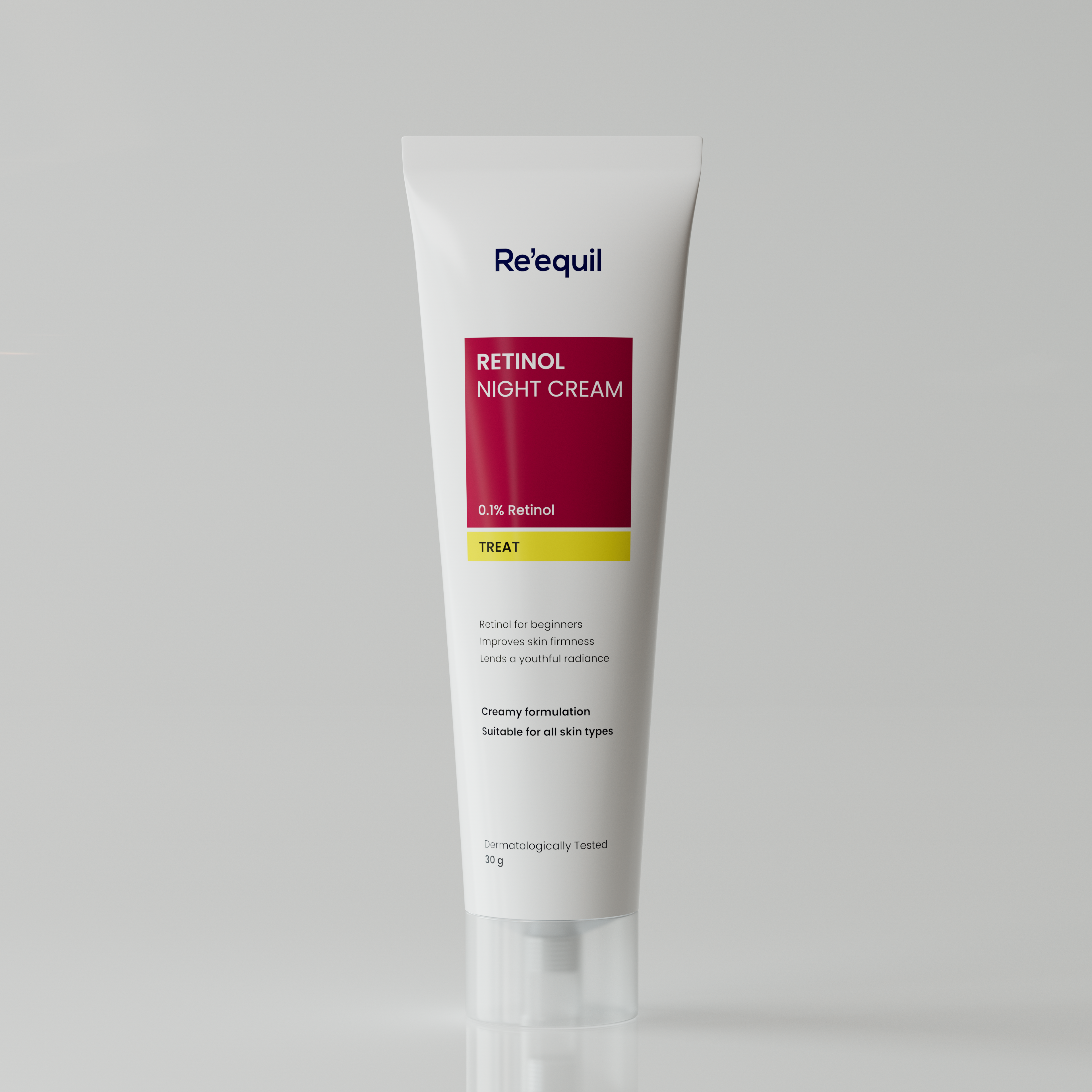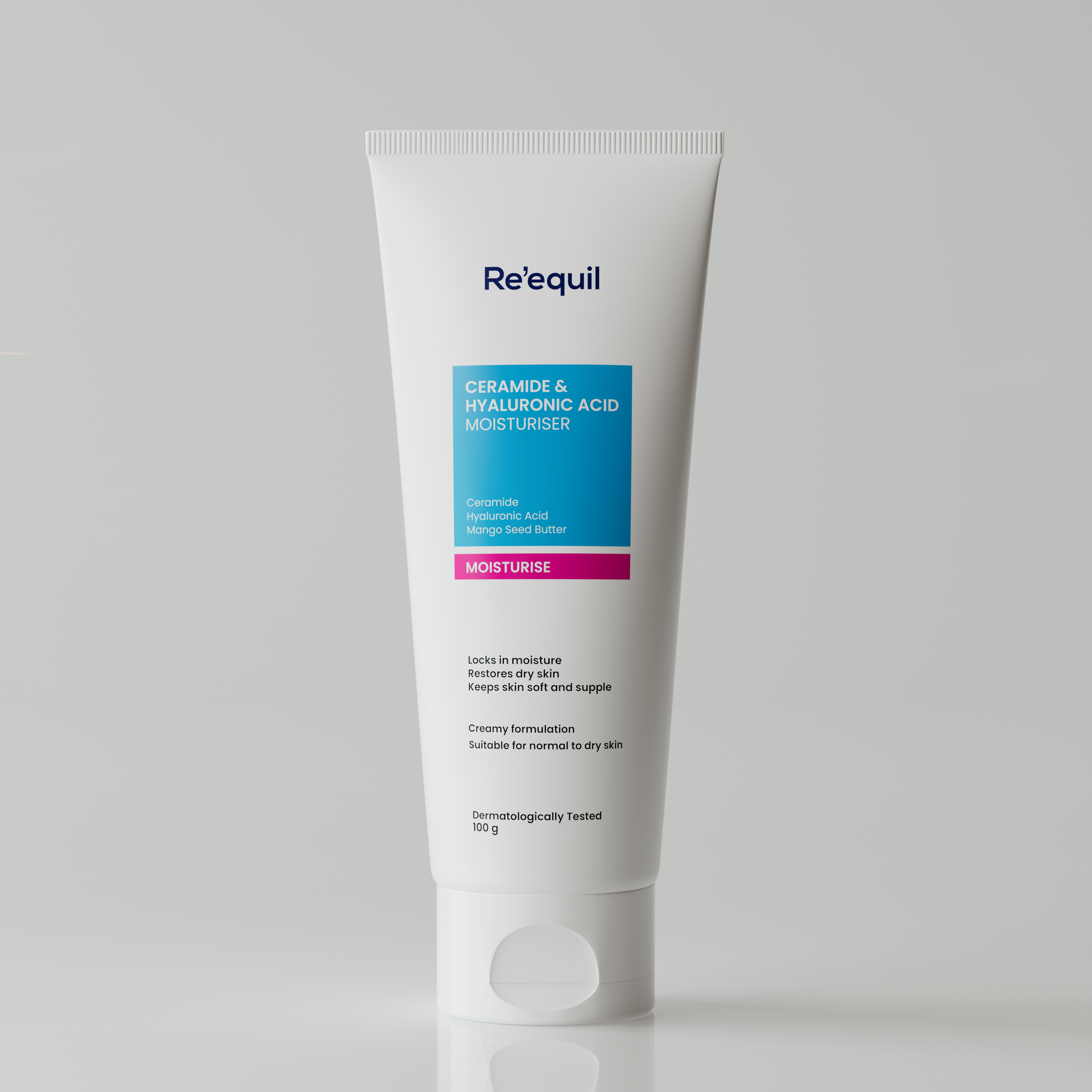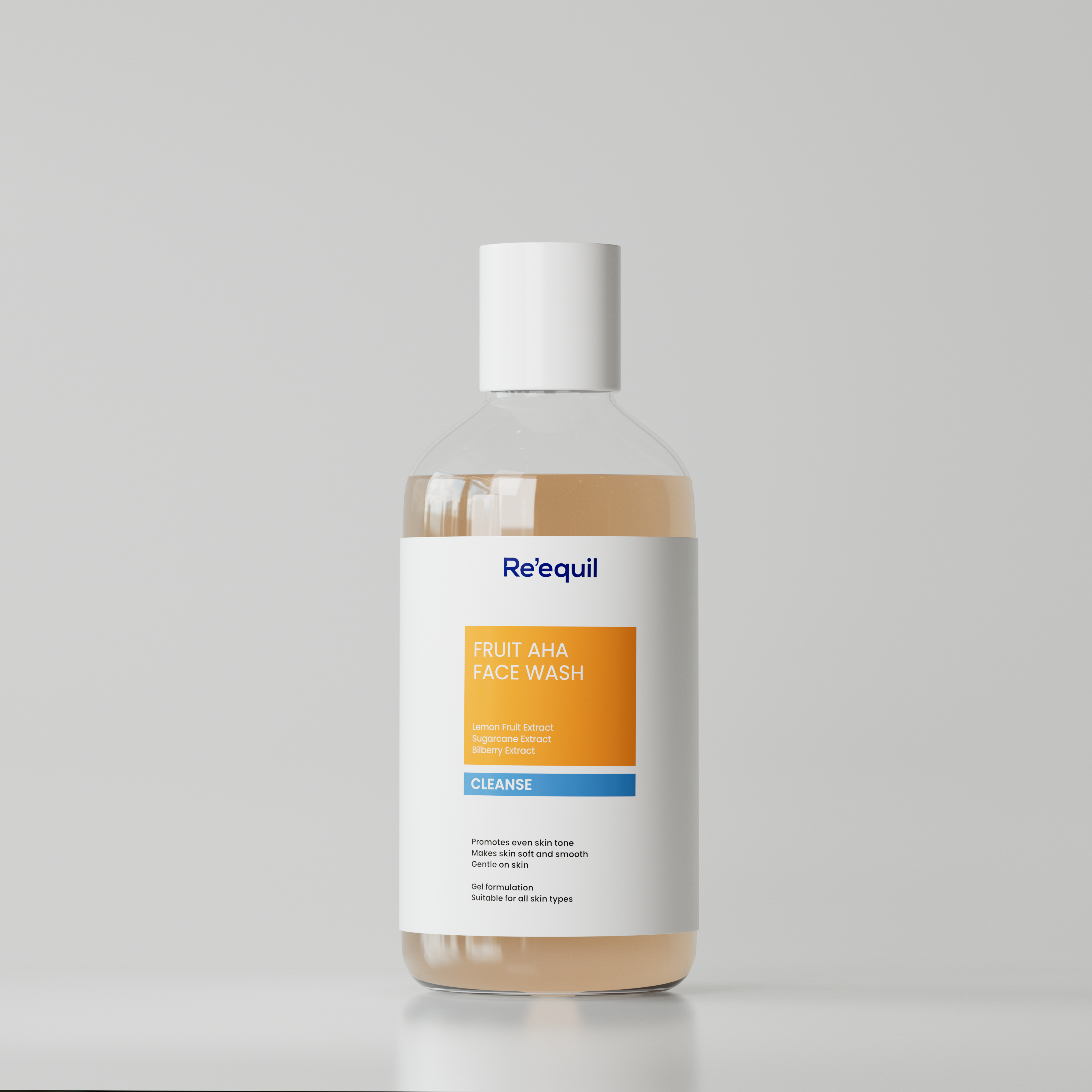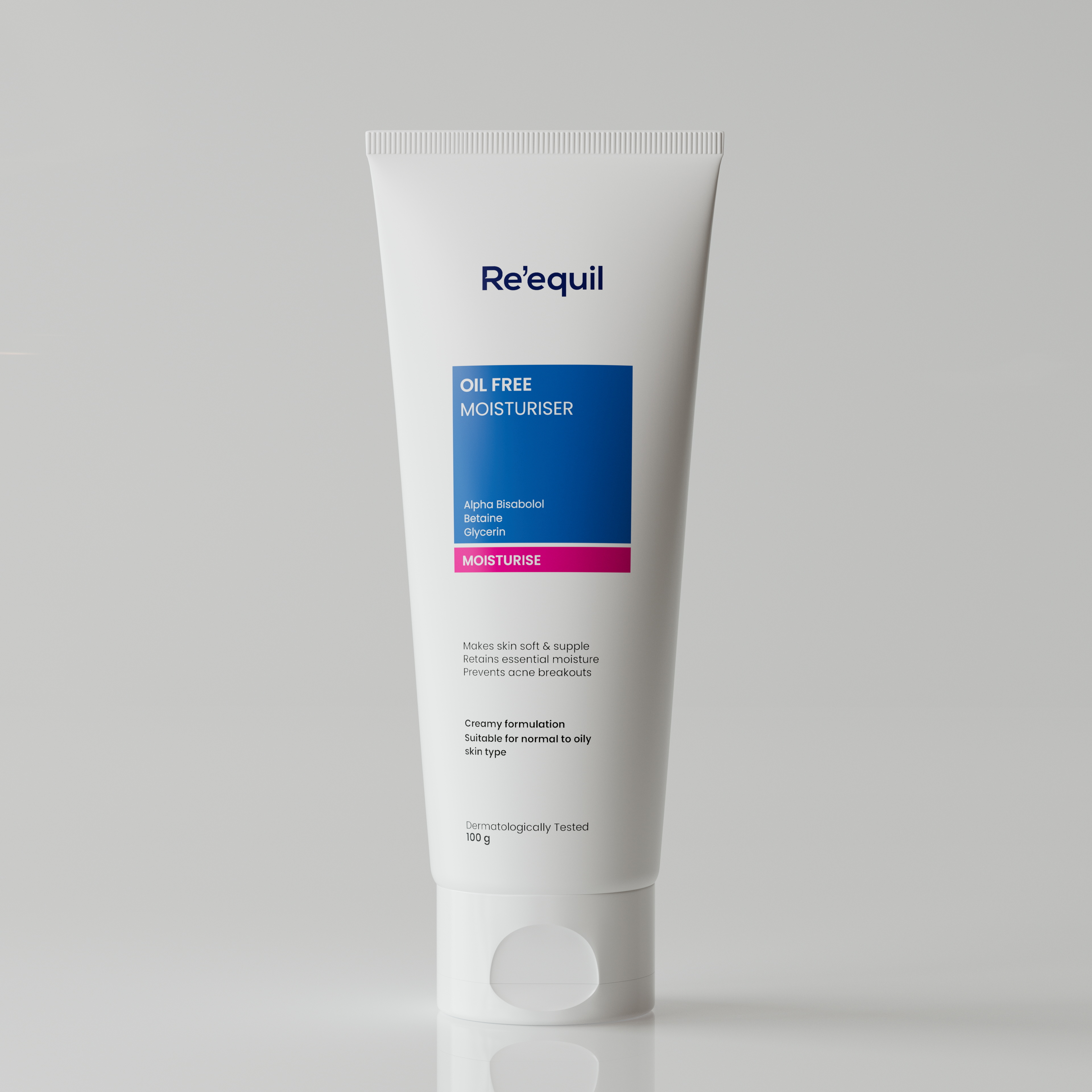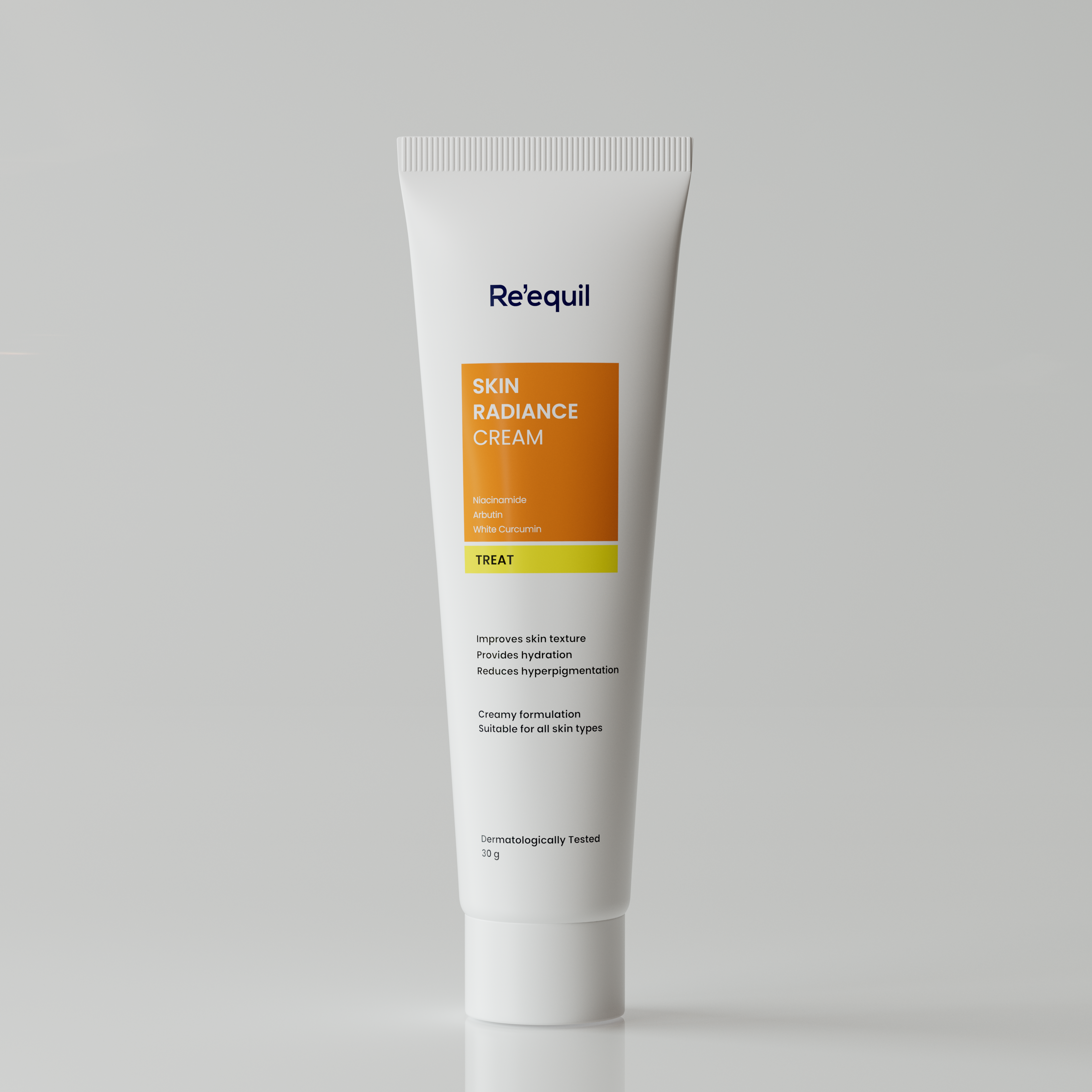Are you exhausted from camouflaging brown discolorations or dark patches with makeup? Undoubtedly, dewy and glowing skin is something that each of us desires to have. Feeling your best self becomes a tough deal when your skin is turning dull and darker day by day. Needless to say, aesthetic concerns like melasma not only affect your outer appearance but also instill feelings of sadness. We totally understand your frustration. Leave all your worries behind, we are here to help you. According to dermatologists, there are many effective ways for treating melasma. But, before that, it is highly important to address the causes and common triggers behind skin discoloration. Much to your surprise, your daily habits can also be a key factor in making your melasma worse.
Main causes
- Not taking sun protection measures
- Stress, another huge factor that triggers hyperpigmentation
- Not knowing if your hormones are out of balance
- Using wrong skin care products
- Consequences of increased environmental pollution

1. Not taking sun protection measures
Unprotected exposure to UV rays triggers melanocytes that produce the skin pigment melanin. This ultimately induces melasma and unusual darkening of the skin. Sun rays also exacerbate post-inflammatory hyperpigmentation (PIH).
2. Stress, another huge factor that triggers hyperpigmentation
Numerous research studies have found a connection between stress and uneven pigmentation. During stress and anxiety, levels of stress hormone ( cortisol) begin to elevate in the body. Higher levels of stress hormone cause oxidative stress, which further may result in hyperpigmentation.
3. Not knowing if your hormones are out of balance
Melasma that occurs in expecting mother is referred to as chloasma or the mask of pregnancy. According to the American Academy of Dermatology, hormonal imbalance is a major cause of melasma among women.
4. Using wrong skin care products
It is said that the use of skin care products that are not meant for your skin type can also lead to age spots, dark patches, and dull skin. After using s new skin care product, if you observe the unexpected changes in your skin texture and color, discontinue the use.
5. Consequences of increased environmental pollution
According to a research study, air pollution has also become a potential factor for causing hyperpigmentation, especially melasma. Air pollutants are known to trigger oxidative stress in the skin, which ultimately leads to extrinsic aging and discolored skin.
Effective solutions
- Topical creams
- Chemical peels
- Sunscreen
- Microneedling
- Home remedies

1. Topical creams
It has been observed that topical creams have successful results in treating melasma, dark spots, and discolored skin patches. According to dermatologists, ingredients like vitamin C, arbutin, niacinamide, and Vaccinium Myrtillus Fruit/ Leaf Extract are quite beneficial to prevent hyperpigmentation and restore your skin’s natural glow.
Another important thing is, moisturizing your skin every day helps to restore the skin’s natural barrier and prevent it from damage. The use of moisturizers containing hyaluronic acid and ceramides helps to enhance the hydration in deeper layers of skin, which in turn offers you bright and glowing skin.
2. Chemical peels
A research study published in The Indian Journal of Dermatology has mentioned the benefits of chemical peeling agents for the treatment of melasma. This study further elaborates that alpha hydroxy acid (AHAs) is a natural chemical exfoliant that helps to get rid of hyperpigmentation and dark spots. Mild exfoliating properties of AHAs help to get rid of dark spots by removing the layer of dead cells from the skin surface.
Another research studies have claimed that AHAs inhibit tyrosinase enzyme activity which produces extra melanin pigment. In addition, AHAs are known to promote new skin cell regeneration to reduce the appearance of fine lines and wrinkles on the skin.
3. Sunscreen
To restore uneven skin tone, the use of sunscreen is considered a safe and effective preventive measure. A research published in the Indian Journal of Dermatology has figured out that regular use of a broad-spectrum sunscreen significantly helps to improve melasma.
In addition, the use of sunscreen that comes with Zinc Oxide & Titanium Dioxide helps to prevent photoaging while maintaining a healthy skin complexion.
4. Microneedling
Microneedling is a cosmetic procedure to treat melasma. In this procedure, small needles are inserted into the deeper layer of skin to improve skin tone. However, before such procedures, it is good to talk to an experienced dermatologist.
5. Home remedies
Natural ingredients like aloe vera and lemon etc are also found helpful to improve your skin’s glow. Being packed with natural antioxidants and vitamin C, they can help to lighten the hyperpigmentation marks. But, few clinical trials have revealed that home remedies are not effective in stubborn melasma cases.

Hyperpigmentation conditions can affect you at any stage of your life. Delaying the treatment and wrong skin care habits may lead to more darkening of the skin. Following the right skin care regimen on a regular basis will not only provide you with noticeable results in your complexion but also make your skin appear youthful. Needless to say, patience and consistency is the key to achieve healthy and glowing skin.
P.S.
In the market, numerous skin-lightening cosmetic products are available which claim to provide instant bright complexion. Before buying the melasma treatment creams, evaluating the safety of ingredients is very important.
A research study in Clinical, Cosmetic and Investigational Dermatology has discovered that skin bleaching agents like Hydroquinone and Kojic Acid are used in skin whitening creams to get rid of melasma or any form of hyperpigmentation. This study further elaborates that the frequent use of these skin-bleaching agents may cause severe damage to your skin along with worsening the skin discolorations.




